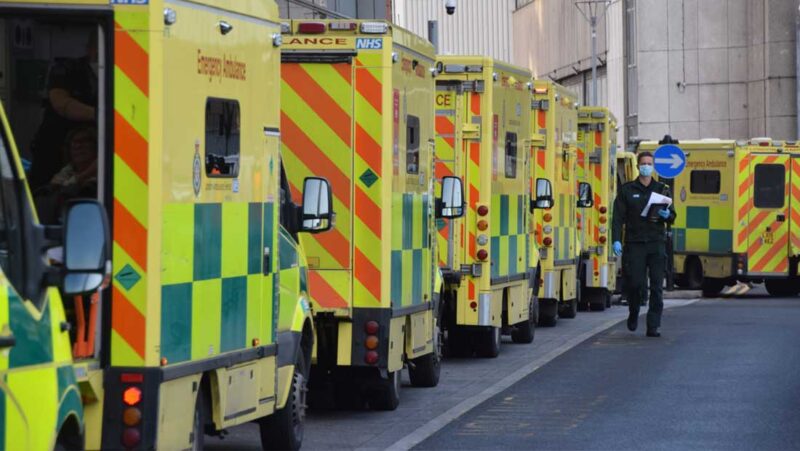Prescribing pharmacists at Betsi Cadwaladr University Health Board West have integrated within the pre-operative assessment clinics since 2012. Initially, the main prescribing remit involved anticoagulation and bridging management, anti-platelet management and prophylactic antibiotics, but in 2015 an audit identified anaemia to be one of the main causes of delays in the patient pathway through pre-operative assessment clinics (POAC).
POAC patients who were identified with iron deficient anaemia were traditionally referred to primary care for treatment and optimisation prior to elective surgery. Pre-operative identification and optimisation is recommended by the Department of Health, National Blood Transfusion Committee and the NHS Enhanced Recovery Partnership.
In November 2015 NICE stated that iron treatment was not consistently prescribed and that increasing iron prescribing pre-operatively should show a reduction in blood transfusion.
A working group comprising anaesthetists, nurses and pharmacists collaborating with a consultant haematologist, gastroenterologist and renal physicians, resulted in the service introduction in 2016.
The objectives of the service were to:
- Reduce the likelihood of receiving transfusion post operatively, reducing post operative morbidity, mortality and cost
- Reduce demand on donors and conserving blood supplies for those who need it most
- Reduce referral to treatment times by minimising the delay of procedures for patients identified with iron deficient anaemia
- Introduce parity for patient anaemia management prior to surgery, promoting consistency in treatment of pre-operative anaemia
- Reduce the amount of referrals to primary care, thus reducing the workload of already over stretched GPs.
The anaemia evaluation and the decision to treat or refer for advice by others (such as renal physicians) is conducted by the pharmacist. If iron deficiency is identified the treatment choice compromises oral iron or IV iron. The IV iron is reserved for severe iron deficiency and patients whose surgery is within four weeks of POAC appointment. The IV Iron is administered by POAC nurses, and administration and observation documentations were developed to aid this process. GPs are informed of the action via letters.
Anaemia is one of the main causes of delays in the patient pathway through pre-operative assessment clinics
Within the assessment period 25 patients were treated with fernject® 1g, 24 patients were treated with ferrous fumarate 210mg three times a day, and two patients were referred for specialist renal advice. Eight of the 51 patients received red blood transfusion in the peri-operative period. The average time available between POAC and day of surgery in patients who received red blood transfusion was 35 days. Five of these eight patients received IV iron while three were prescribed oral iron replacement therapy.
The impact of the anaemia service in POAC showed an average raise in HB of 12g/L prior to surgery. The fernject® cluster showed a mean raise in HB of 11g/L with a mean time of 27 days between iron treatment and pre-operative Hb. The oral iron cluster had a mean raise of 14g/L in HB over a mean 70 days.
The main limitation to the service is the difficulty in managing patients who have less than ten days for POAC appointment to surgery. POAC pharmacists within the anaemia service hope to work with surgeons to identify anaemic patients listed for surgery earlier within the pathway.
It is hoped that future projects for POAC pharmacists will involve chronic disease optimisation, such as hypertension, diabetes and frail elderly, with the aim of avoiding delays in referral to treatment time and over burdening GPs with referral for optimisation when they are already under pressure in primary care.
Further reading
Kotzé, A et al. British committee for standards in Haematology Guidelines on the identification and Management of pre-operative anaemia. British Journal of Haematology 2015: 171, 332-331
National Institute for Health and Care Excellence (NICE). Costing statement: Blood transfusion.




